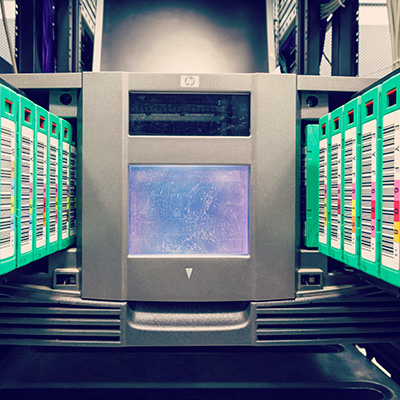Video gaming holds a special place in society, with its staggering annual revenue of over $260 billion making it a global entertainment powerhouse. Despite this, many consider it the ultimate time sink. Consequently, few regard video games and interactive media as having any practical application in the business world. Today, we aim to challenge this belief by outlining how video games can actually benefit your business.
Technology is constantly evolving, but over the past couple of years, if you thought of yourself as being technologically savvy, you would have a pretty good understanding of the technologies that are trending in society. Let’s take a brief look at five technologies that everyone should have a good grasp on.
Managing your business efficiently requires judicious allocation of limited resources, encompassing budget, time, and the capabilities of your workforce. It is paramount to ensure their effective management. Let’s delve into fundamental practices that can help you optimize the resources at your business’ disposal.
Technology is not only essential to the well being of your business, it is also an element of your business that you have complete control over. This is rare. To get the most out of your business’ technology, you will want to adhere to a proactive management strategy. In this blog, we will talk about why staying proactive on your technology management can save your business substantial money.
In recent years, educational institutions have widely adopted the regular use of laptops in the classroom, and with budgets being a pressing concern for many of these institutions, the cost-sensitive nature of Chromebooks make them an excellent option… at least, that would be the assumption. However, this is not the case in the slightest, as the software that powers these devices regularly reaches its end of life, despite the hardware being perfectly capable of more.
It can be challenging to manage all of your business’ data, especially when you have a heavy reliance on physical paper documents rather than using a digital document management solution. Here are the steps involved in implementing one and how it can benefit your organization.
IT professionals have all but proclaimed the tape backup system, which dominated the data backup space for decades, to be all but dead. This declaration may have been premature however. Over the past several years, there has been a resurgence in companies that use tape backup. This week, we will go into why businesses are willingly utilizing what can only be described as an antiquated technology for their system redundancy.
Any business that utilizes technology is sure to accumulate wasted materials over time, whether it’s a drawer full of old chargers or a room full of old, outdated workstations. To make sure that they don’t land themselves in a landfill, you should make a conscious effort to recycle and reuse your old technology in some way. Here are some options to consider.
The biggest problems that a business faces are the ones that drain your coffers and cost your business capital. Here are some technology solutions your company can implement to keep inefficiencies from costing your organization needlessly.
Let’s talk a little bit about deepfakes. If you aren’t aware of this technology, deepfakes are essentially synthetic media. Typically they come in the form of videos or images that use artificial intelligence (AI) to replace a person’s likeness with another’s. With deepfake technology, people can convince an audience that a person said something they didn’t say. This deliberate digital subterfuge can bring with it a whole lot of problems. This week we will outline a few of them.









